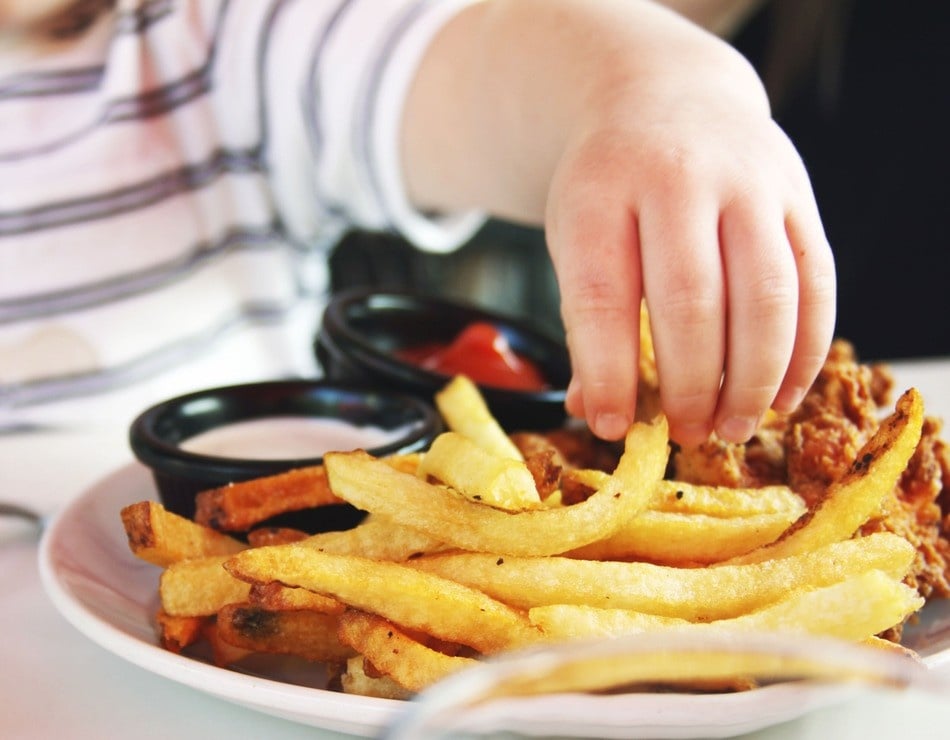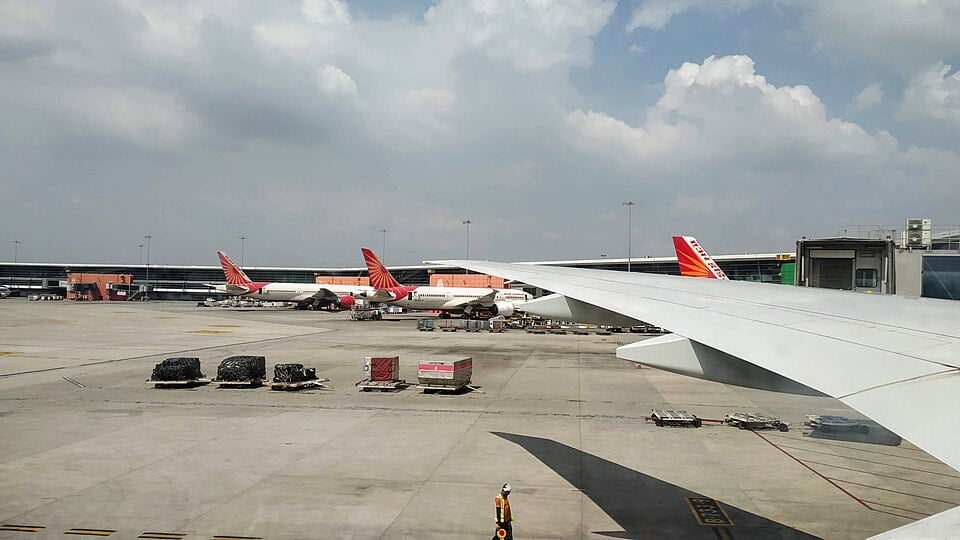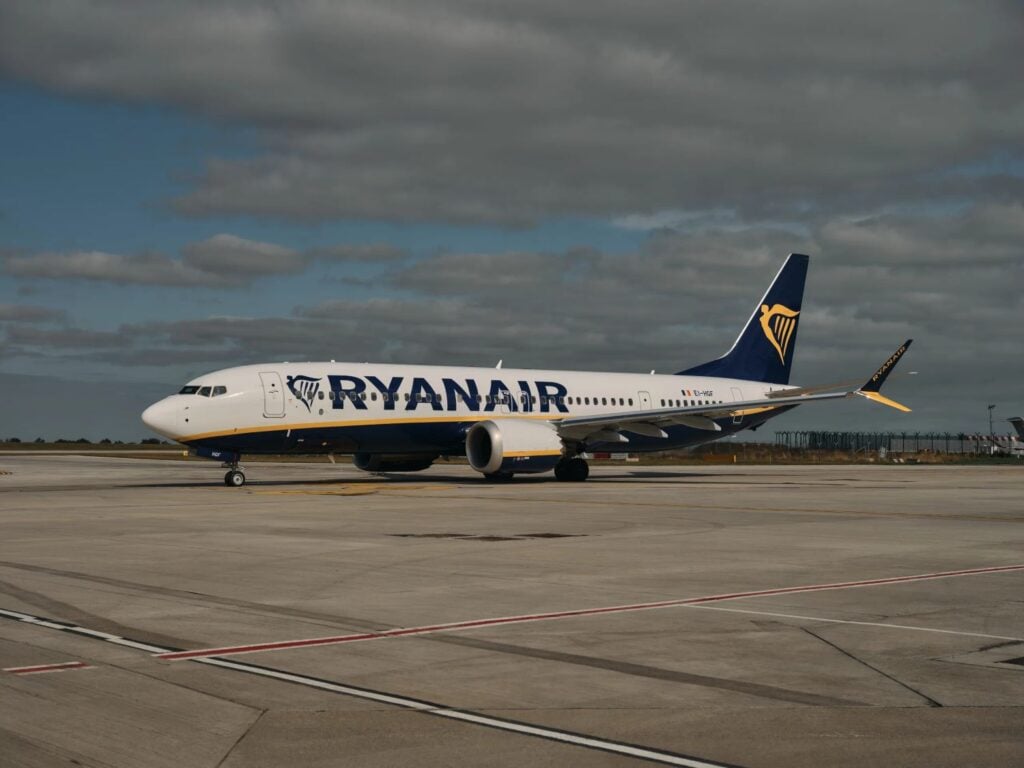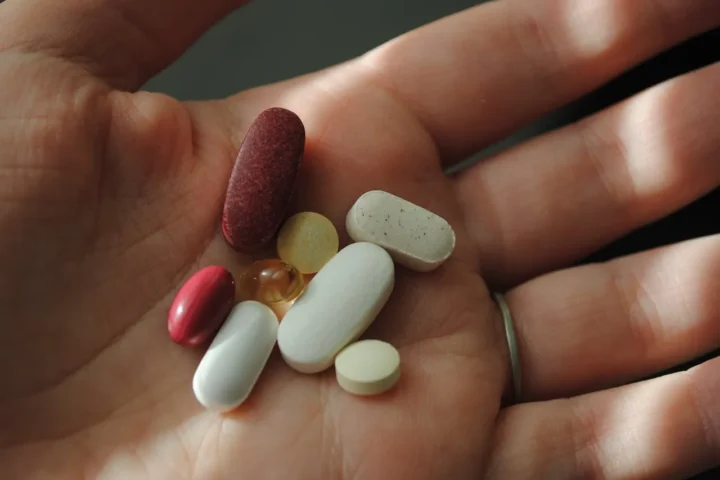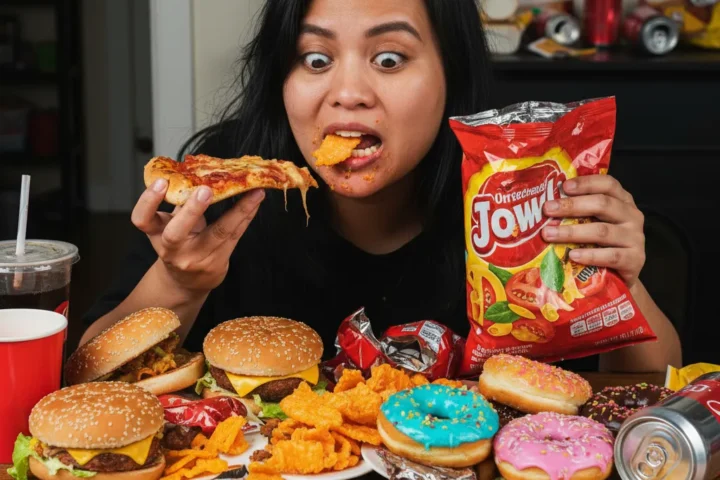A new study shows something pretty shocking. When kids see ads for junk food for just five minutes, they eat 130 extra calories the same day. That’s like eating an extra chocolate bar or bag of chips without even thinking about it.
Scientists from the University of Liverpool studied 240 kids between ages 7 and 15 from schools in Merseyside. They showed the kids different types of ads – some for junk food, some for other things. Then they watched what the kids ate for the rest of the day.
The results were clear. After seeing junk food ads, kids ate 58.4 more calories in snacks and 72.5 more calories at lunch. They didn’t even realize they were doing it.
Here’s what really surprised the researchers. It didn’t matter if the ads showed actual food or just logos and cartoon characters. Kids ate just as much extra food either way. So those fun mascots and catchy jingles work just as well as showing a burger.
The ads worked the same way whether kids saw them on TV, phones, computers, or even on billboards. It didn’t matter where they saw them.
Professor Emma Boyland ran the study. She found that kids kept eating more even hours after seeing the ads. The food at lunch wasn’t even the same stuff from the commercials. But somehow, those ads made kids hungrier in general.
Kids who already weighed more ate even more extra food after seeing the ads. This means the kids who are most at risk get hit the hardest.
The research was presented at the European Congress on Obesity in Málaga, Spain. The UK is trying to fix this problem. Starting in October, they’re banning junk food ads on TV before 9 pm. But experts say this won’t be enough.
The problem is much bigger than TV. Kids see these ads everywhere – on YouTube, Instagram, video games, bus stops, everywhere. Companies can still put their logos and characters anywhere they want.
Katharine Jenner works with a group fighting childhood obesity. She says companies will keep finding ways to advertise to kids even with the new rules. Kids who already struggle with weight are in the most danger.
Dr. Helen Stewart is a children’s doctor. She points out that kids from poorer families face twice the obesity rates. She says we can’t solve childhood obesity without stopping these ads.
Why do these ads work so well on kids? Simple. Kids between 7 and 15 can’t spot when someone’s trying to trick them. When they see bright colors, happy music, and their favorite cartoon characters, they just think it’s fun. They don’t understand that someone’s trying to make them buy things.
These 130 extra calories might not sound like much. But think about it – that’s every single day. Over time, those extra calories really add up. They turn into extra weight, which turns into health problems.
Similar Posts
Kids today are getting diseases that used to only happen to adults. High blood pressure, diabetes, joint problems – all showing up in elementary school. And it’s not just physical. Kids who are overweight often feel bad about themselves, get picked on, and feel depressed.
It’s not really the kids’ fault. They’re surrounded by messages telling them to eat junk. It’s on their phones, their games, their shows. Even at school, they often have vending machines full of chips and candy.
The companies making these ads are really good at their job. They study exactly what makes kids want things. They know which colors work, which sounds work, which characters work. They spend millions figuring out how to get into kids’ heads.
Right now, most rules about food ads are pretty weak. Companies mostly get to police themselves, which doesn’t work very well. It’s like asking someone to give themselves a speeding ticket.
The World Health Organization has been saying for years that governments need to do more. They want real rules that cover all the ways companies advertise to kids, not just TV.
Some parents try to limit what their kids see. But it’s really hard when ads are literally everywhere. Schools could help by teaching kids about nutrition and serving healthier food. But many schools still have pizza day and sell cookies for fundraisers.
Companies spend huge amounts of money trying to keep these rules from happening. They say it’s not their fault kids are overweight – it’s up to parents to control what kids eat. But this study shows that just seeing an ad for five minutes makes kids eat more. That’s not really a choice kids are making.
The UK thinks their new rules will help 20,000 kids avoid obesity and save the health system £2 billion. But experts say the rules have too many holes. Companies will just move their ads to places that aren’t covered.
Today’s ads are trickier than ever. They use popular kids on YouTube to promote junk food. They put ads inside video games. They track what kids do online and then show them personalized ads. Most rules weren’t made for this kind of advertising.
The bottom line is simple. Five minutes of junk food ads makes kids eat an extra 130 calories. Every day. That small amount adds up to big problems over time. And kids who already struggle with weight get hit the hardest.

This isn’t just about kids being strong or parents being good. This is about billion-dollar companies using every trick they know to make kids want junk food. And it’s working.
Until we have real rules that cover all the ways companies advertise to kids, this problem will keep getting worse. Because when it comes to marketing to kids, five minutes is all it takes.
Frequently Asked Questions
The ads create psychological triggers that increase appetite even hours later. When children see junk food advertising, it activates brain regions associated with reward and craving. This effect persists beyond the viewing time, causing them to consume 58.4 extra calories in snacks and 72.5 calories more at lunch – totaling 130 extra calories that day.
Yes, the study found that brand-only advertising (featuring just logos, mascots, and jingles) was equally effective at increasing calorie consumption as ads showing the actual food products. This is because children form positive emotional associations with these brand elements, which trigger cravings even without seeing the food itself.
Children aged 7-15 are most vulnerable because they lack the critical thinking skills to recognize advertising manipulation. The study also found that children with higher body mass index showed greater responses to food advertisements. Additionally, kids from disadvantaged backgrounds face higher exposure rates due to factors like increased screen time and living in areas with more outdoor advertising.
Many experts believe the UK’s ban on junk food ads before 9pm (starting October) is a good start but insufficient. Major loopholes remain – companies can still advertise on billboards, bus stops, online platforms, and through social media influencers. The regulations also don’t cover brand-only advertising, which this study shows is equally harmful.
The UK government estimates that their new advertising restrictions alone could reduce childhood obesity by 20,000 cases and deliver health benefits worth £2 billion to the economy. However, this figure only covers the partial restrictions being implemented – comprehensive action across all advertising platforms could yield even greater savings.
Parents can use ad-blockers on devices, limit screen time, and co-view media with children to discuss advertising messages. Creating media-free meal times, encouraging outdoor activities, and teaching kids to recognize advertising techniques can help. However, experts emphasize that individual actions alone cannot solve this issue – systematic policy changes are needed to create healthier food environments for all children.
